Fans of the Harry Potter franchise have long debated the merits of the films versus J.K. Rowling’s original novels, particularly when it comes to the epic showdown between Harry and Lord Voldemort. One point of contention that has sparked particularly fervent discussions among the fandom is the final battle’s portrayal.
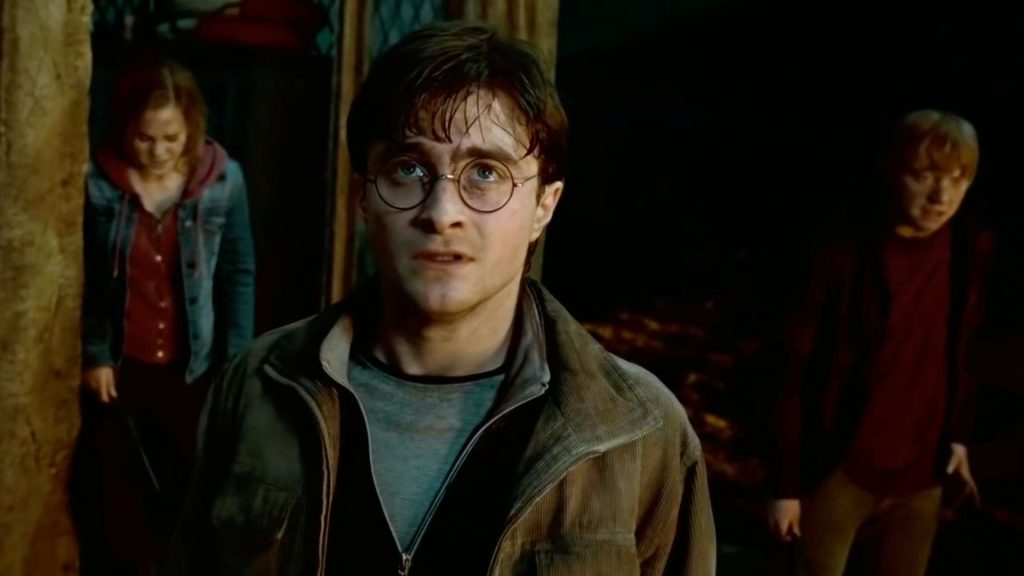 Harry Potter and the Deathly Hallows – Part 2 | image: Warner Bros.
Harry Potter and the Deathly Hallows – Part 2 | image: Warner Bros.But apart from that, Potterheads have argued how Deathly Hallows-Part 2 streamlined J.K. Rowling’s complex and nuanced message about how evil became the death of itself, into a more conventional good-versus-evil narrative. Considering fans’ dissatisfaction with this aspect, there seems to be a great opportunity lying ahead for the potential Harry Potter TV series to rectify this grave mistake.
Harry Potter Fans are Upset with the Films Omitting the Most Poignant Message
In the vast landscape of cinematic adaptations, the Harry Potter films stand as a towering achievement for Warner Bros with its dedicated fanbase and popularity spanning generations. However, despite the franchise being one of the most beloved works of art, Potterheads appear to be dissatisfied with one significant mistake. According to Redditor u/Paradigm_Princess, despite Deathly Hallows being divided into two parts, they fell short in showcasing the repeated attempts at Voldemort’s redemption.
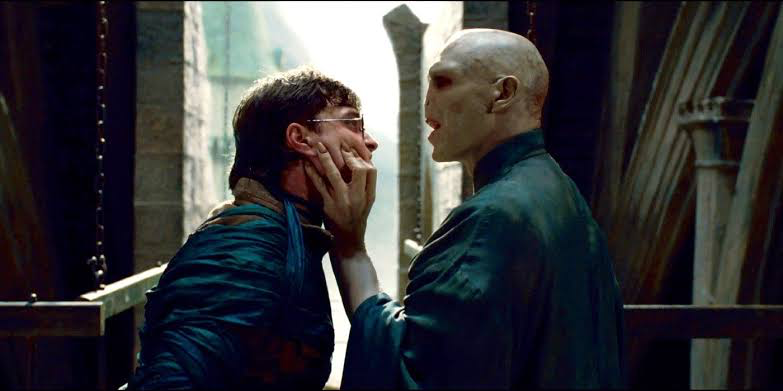 Daniel Radcliffe and Ralph Fiennes in Harry Potter and the Deathly Hallows: Part 2 | image: Warner Bros
Daniel Radcliffe and Ralph Fiennes in Harry Potter and the Deathly Hallows: Part 2 | image: Warner BrosJ.K. Rowling‘s literary world is not merely a battleground of good versus evil; it is a profound study of human nature and the complex potential for change within even the darkest souls. Therefore, with Tom Riddle–a boy whose path diverged into the shadows of Voldemort, being at the heart of this intricate tapestry, Rowling showcased how Harry repeatedly tried to rekindle the Dark Lord’s humanity to save him, even at the last moment. But unfortunately, the movies omitted it all.
According to the books, Hermione had figured out a way to alter the Horcruxes, and it was through Voldemort’s remorse. Therefore, during the final Battle of Hogwarts, Daniel Radcliffe’s Harry gave Voldemort multiple opportunities to “try for some remorse,” appealing to his human side as “Tom”. Because, unless the Dark Lord experienced remorse, Harry knew how Voldemort would suffer a fate worse than death, where he would live eternally as the flayed creature.
The Upcoming Harry Potter TV Series has a Golden Opportunity to Rectify Them
Unfortunately, the films omitted this crucial aspect from the final battle, as they decided to shoot the sequence in the courtyard devoid of people, completely altering how J.K. Rowling had envisioned it in the books. According to Harry Potter and the Deathly Hallows, the confrontation between Harry and Voldemort originally took place in the Great Hall, where it explored the nature of redemption and the ultimate futility of evil.
The books provided a nuanced portrayal where the victory wasn’t merely about good triumphing over evil but about good trying to redeem even the darkest of souls and evil ultimately unraveling because of its own inherent flaws. But surprisingly, the film adaptation took a more simplified approach, where they not only skipped Harry’s repeated attempts at appealing to Voldemort’s humanity but also portrayed the battle in an empty courtyard.
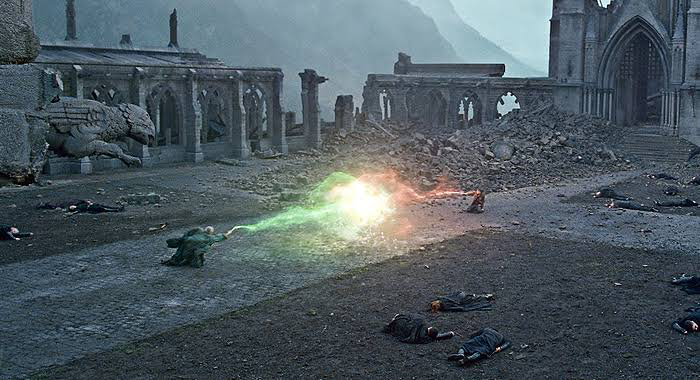 The iconic battle scene in Deathly Hallows: Part 2 | image: Warner Bros
The iconic battle scene in Deathly Hallows: Part 2 | image: Warner BrosIn the books, as Harry and Voldemort’s showdown took place in the Great Hall packed with students, staff, and the magical community–all bearing witness to the end of the Dark Lord, the crowd symbolized the collective defeat of evil. And as for Harry understanding that even Voldemort, despite his evil deeds, could still have the chance for redemption if only he could feel regret, and therefore urging him to experience remorse–highlighted the power of compassion, in the books.
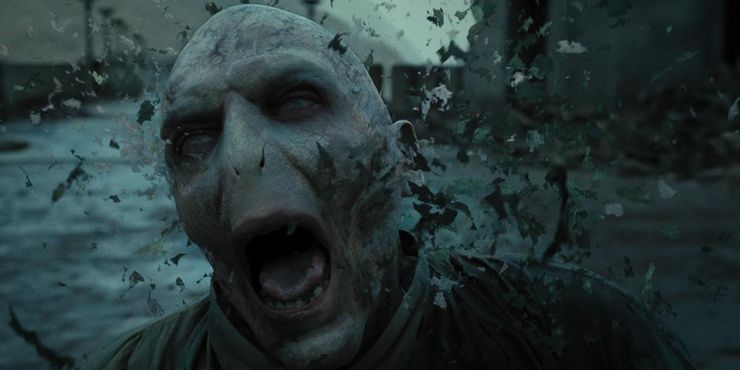 Voldemort’s death scene in Deathly Hallows– Part 2 | image: Warner Bros.
Voldemort’s death scene in Deathly Hallows– Part 2 | image: Warner Bros. However, sadly, as the films skipped such crucial aspects, Potterheads felt that they were robbed of the opportunity to witness such nuanced confrontations. But now with the upcoming Harry Potter TV series being in development under Warner Bros., fans can hope for the studio to rectify their previous missteps.
The upcoming show could honor J.K. Rowling’s vision, by reintroducing the Great Hall as the setting for the final battle, while faithfully depicting Harry’s plea for remorse.
In the end, the TV adaptation could simply use the extended format to explore these themes in greater depth, providing fans with a more faithful representation of the emotional and moral complexities that J.K. Rowling wove into her narrative.
Harry Potter films are currently available to watch on Max.
.png)
 2 weeks ago
12
2 weeks ago
12


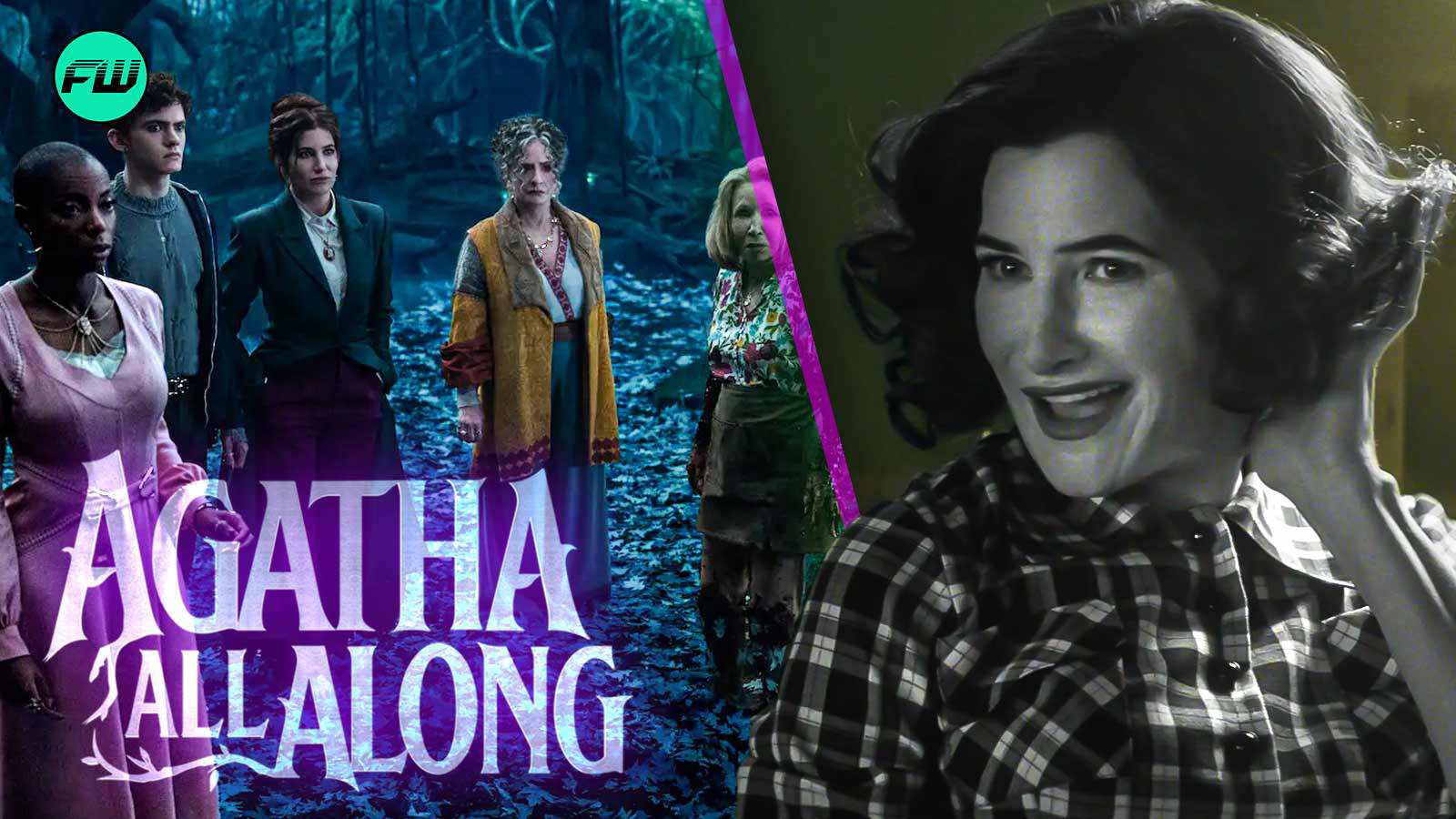
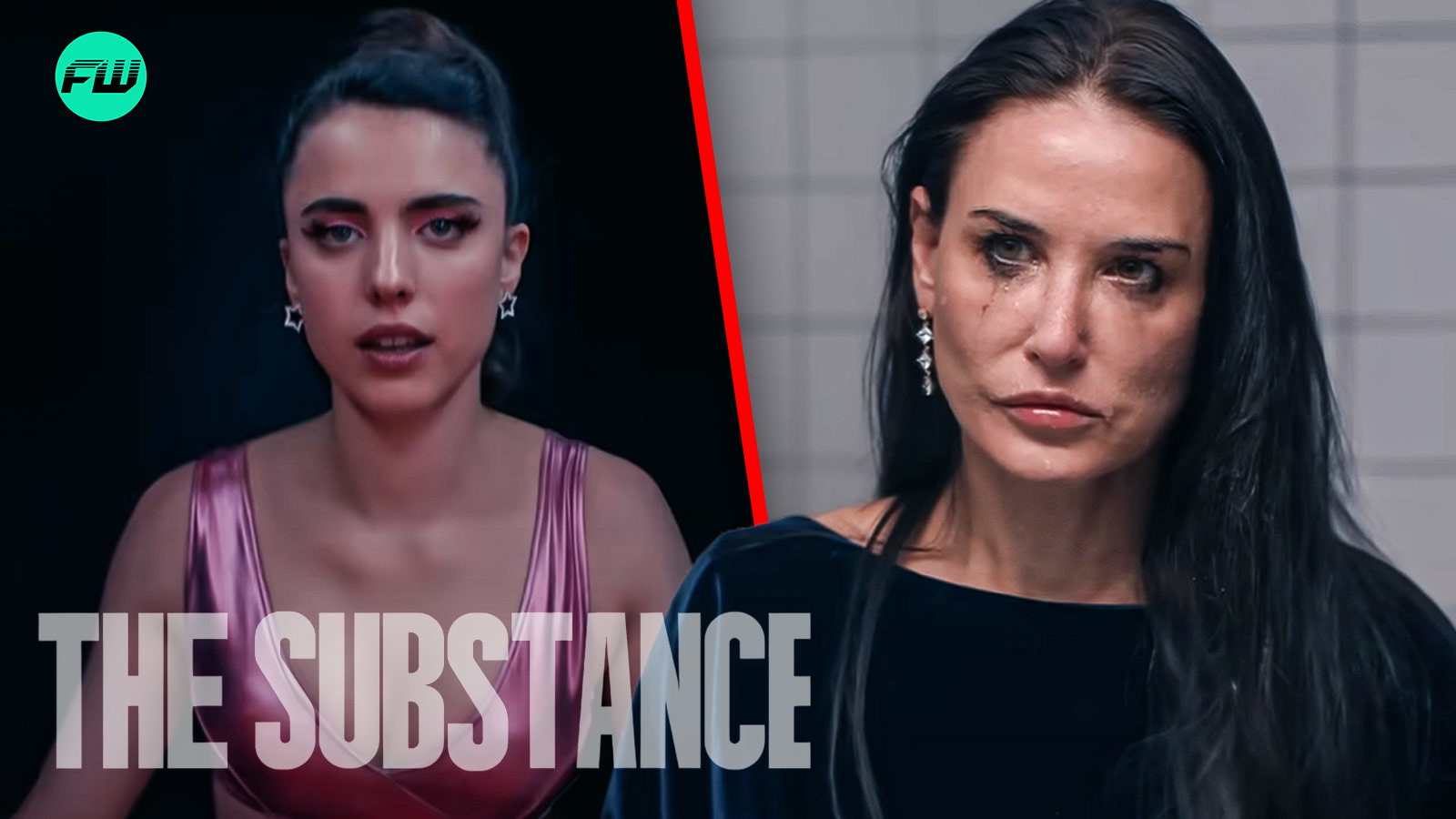


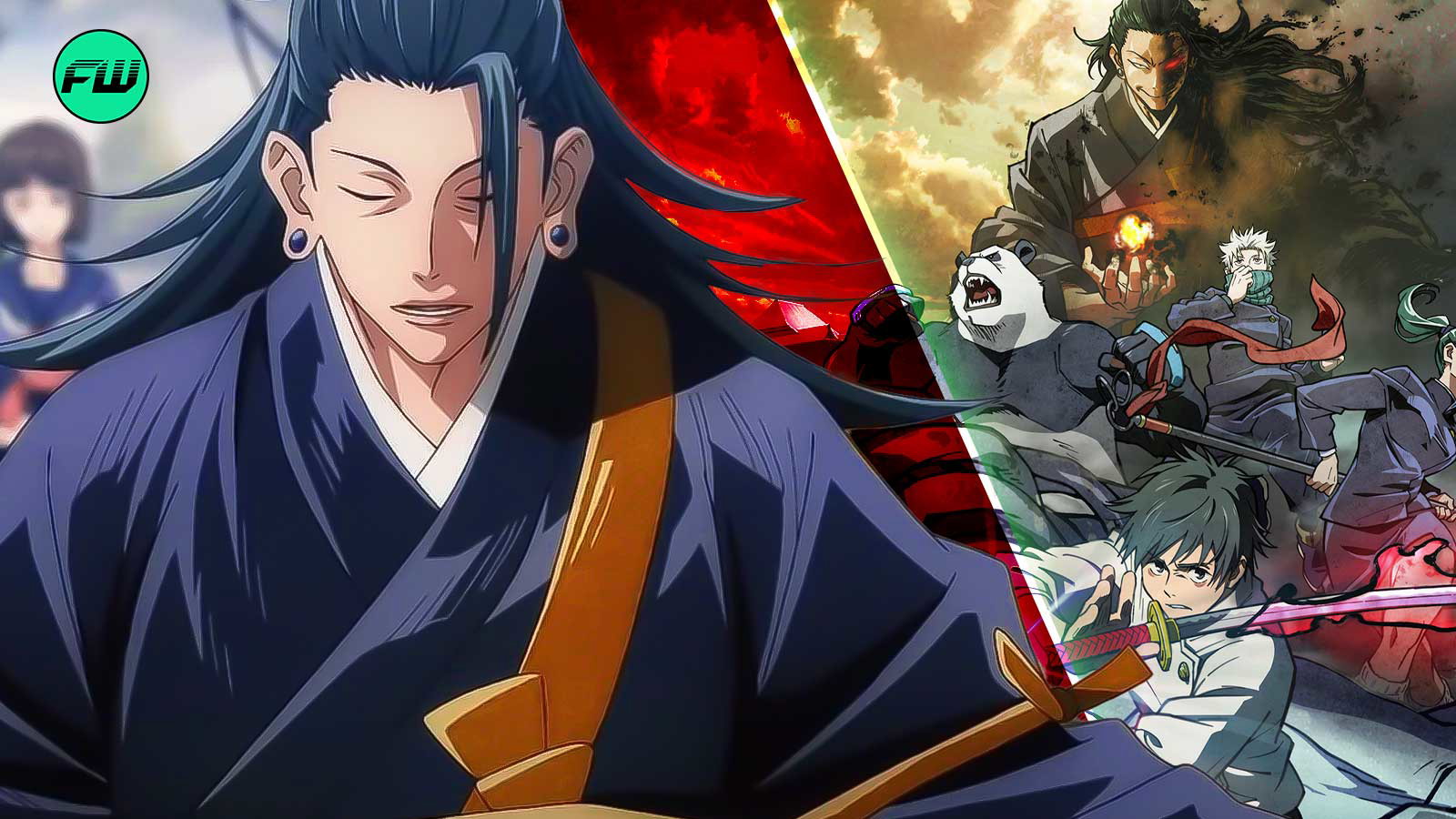
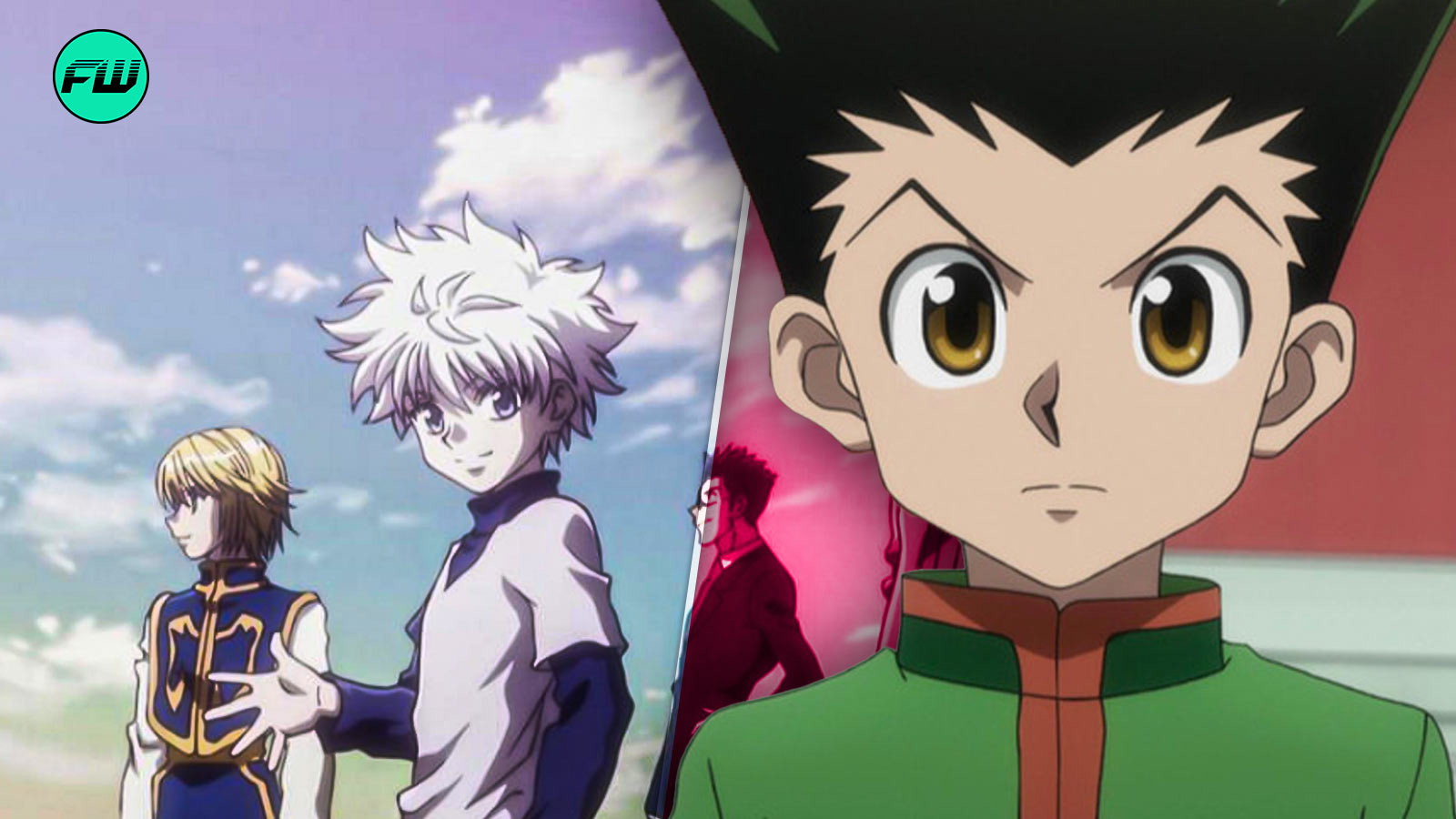
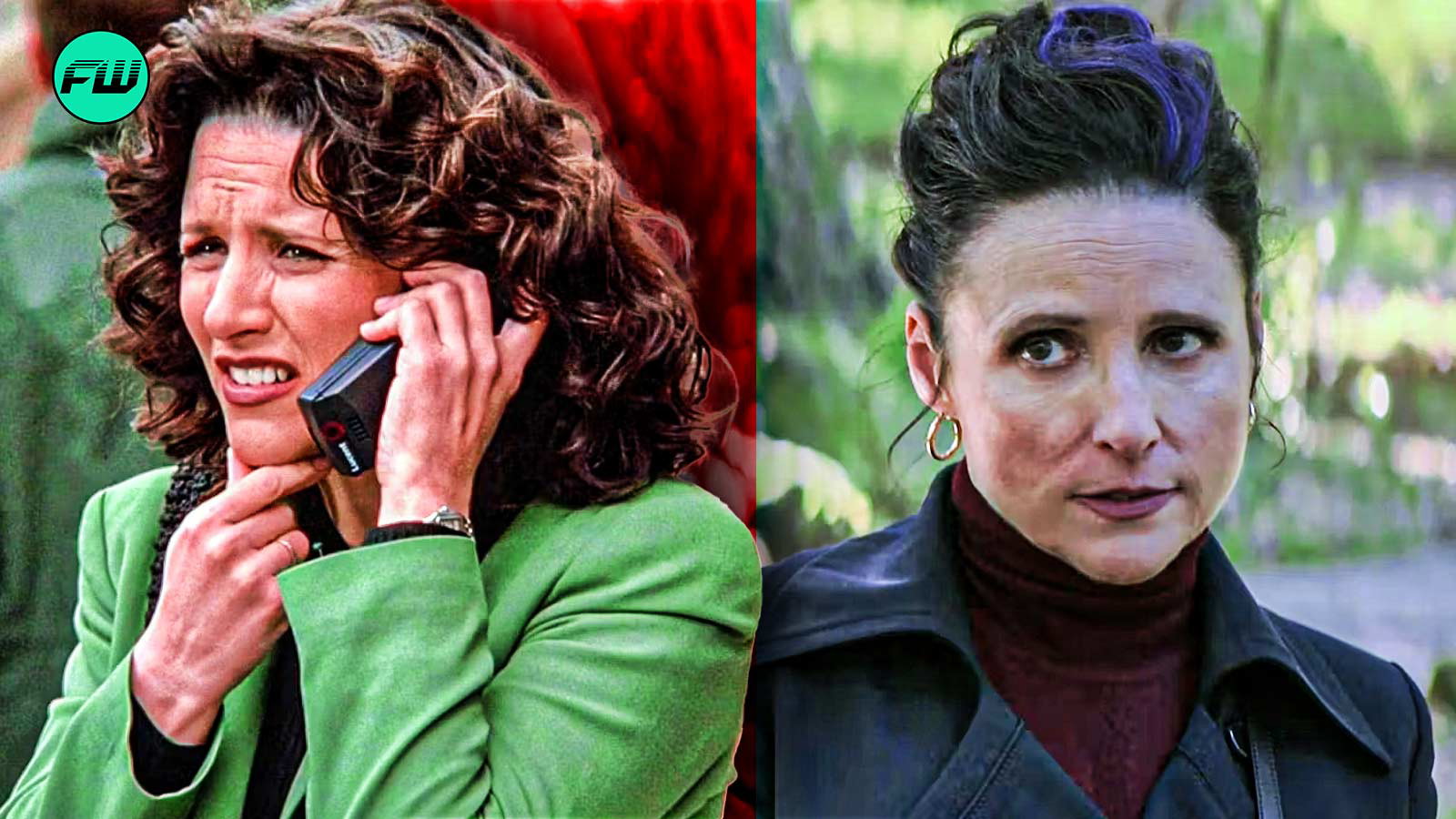




















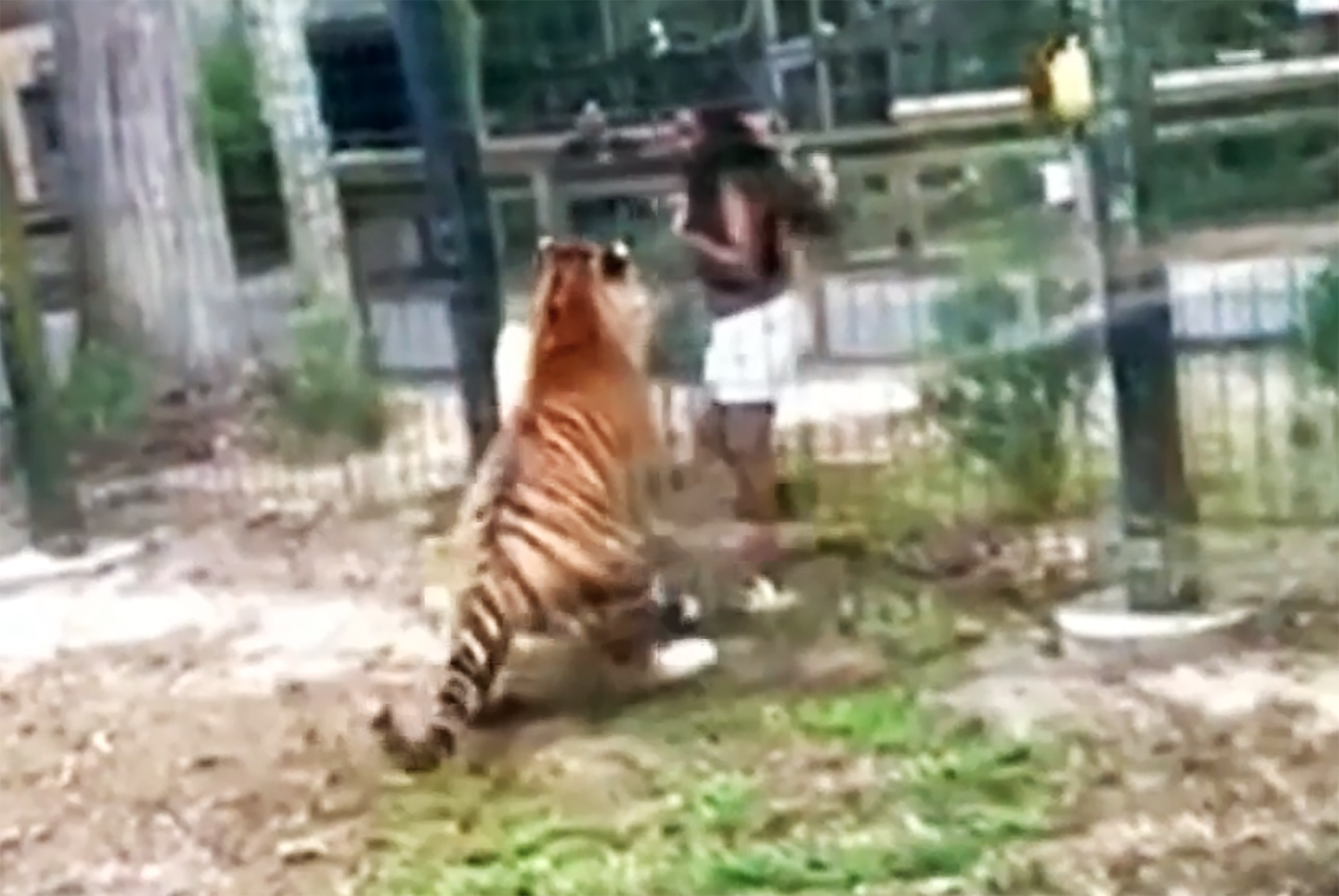
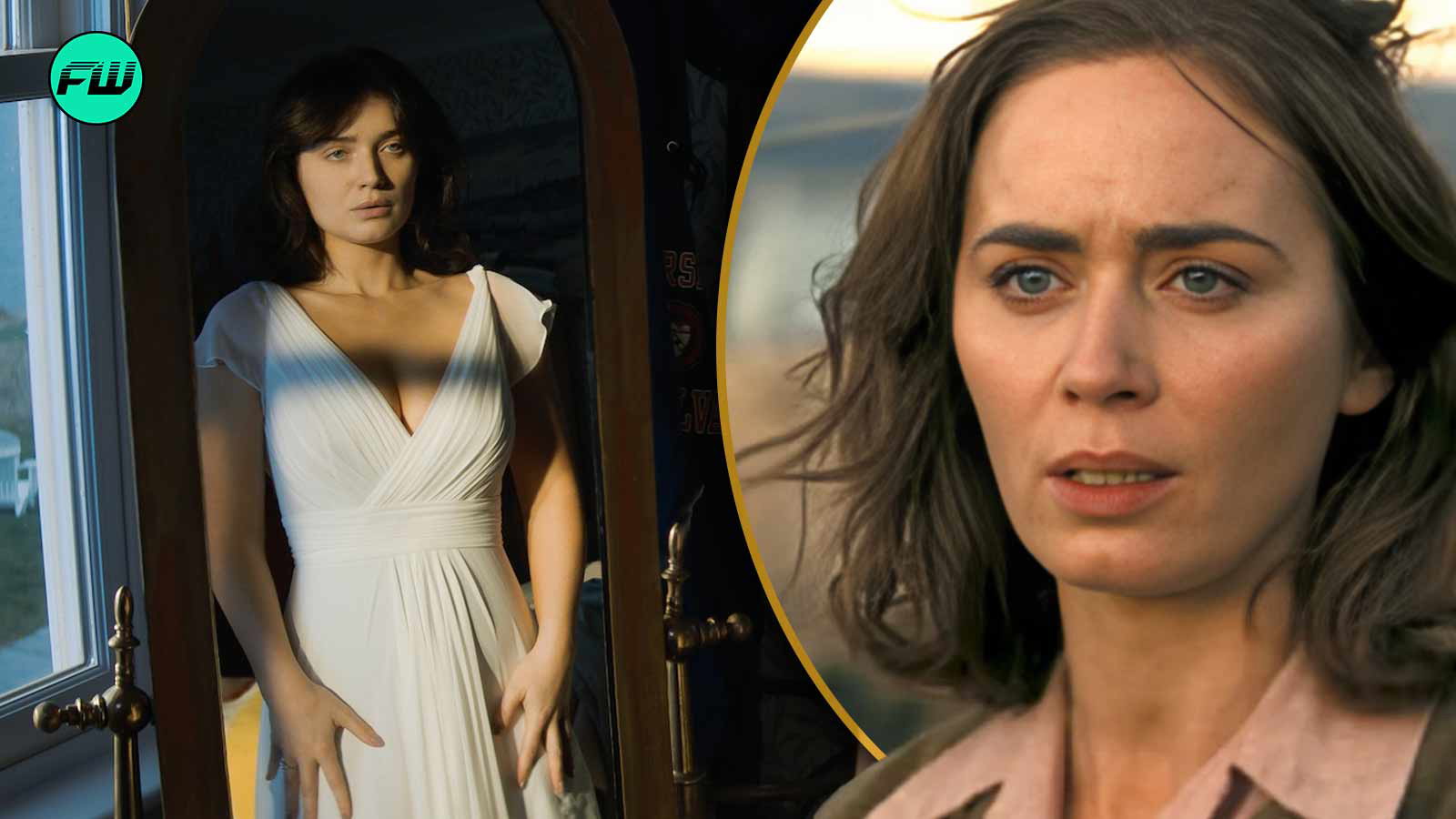
 Bengali (BD) ·
Bengali (BD) ·  English (US) ·
English (US) ·